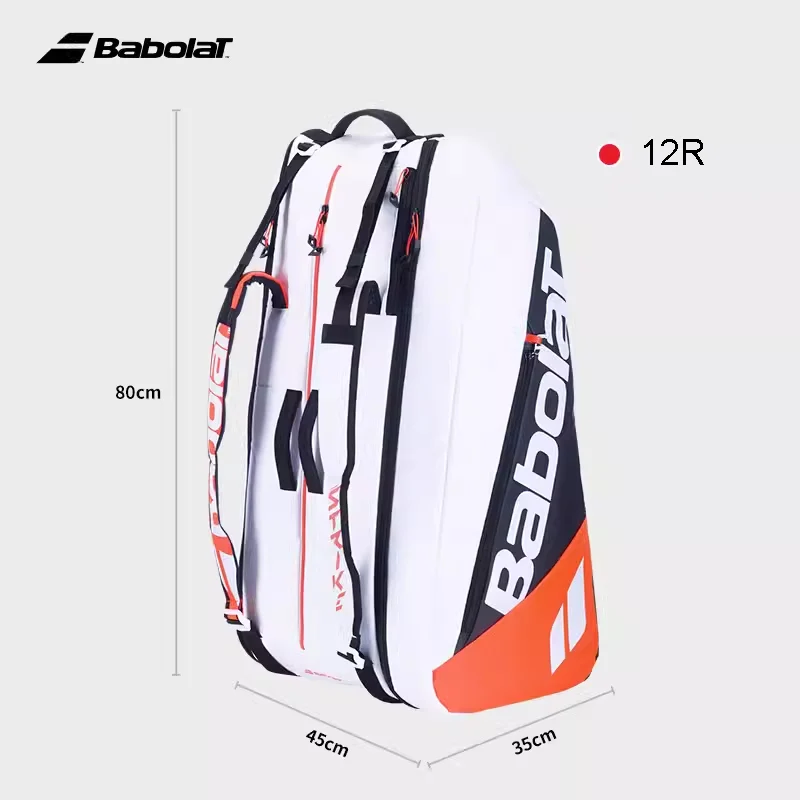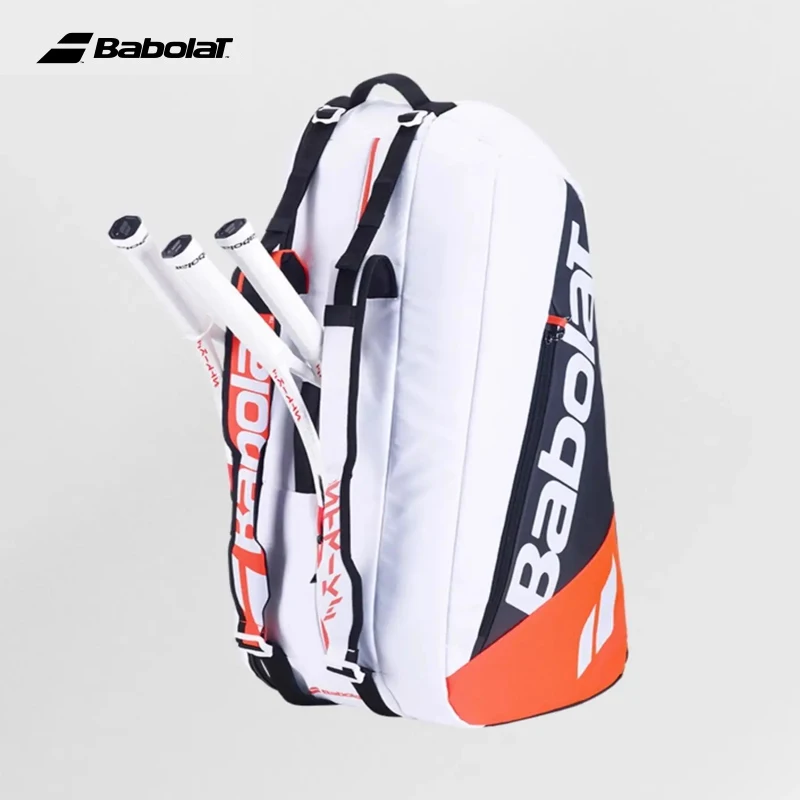What is Monofilament Nylon Fishing Line Made of and Its Advantages/Disadvantages
Monofilament nylon fishing line, widely used in angling, is composed of a single strand of nylon extruded into a thin, flexible fiber. Here are its characteristics, advantages, and disadvantages in comparison to other fishing lines:
Composition: - Made from polyamide (PA), a thermoplastic material widely known as nylon. - Typically ranges in diameter from 0.008 inches (0.20 mm) to 0.030 inches (0.76 mm).
Advantages: - Cost-effective: More affordable than other types of fishing lines. - Transparent: Provides excellent clarity and low visibility underwater. - Shock resistance: Has great elasticity and can absorb sudden impacts without snapping. - Easy to handle: Limp and easy to cast and retrieve. - Knot strength: Holds knots well, ensuring secure line connections.
Disadvantages: - Lower abrasion resistance: Susceptible to wear and tear from rocks, teeth of fish, and other structures. - Less sensitive: Not as sensitive as other lines, making it difficult to detect subtle bites. - Memory: Tends to retain some of its shape after being coiled, which can affect casting and handling. - UV degradation: Prolonged exposure to sunlight can weaken the line over time.
Comparison to Other Fishing Lines: - Fluorocarbon: More abrasion-resistant, less visible, but more expensive and stiffer. - Braided: Stronger, more durable, but more visible and less elastic. - Polyethylene: Extremely strong and thin, but more expensive and less abrasion-resistant.
FAQs
- Q: What is the breaking strength of monofilament nylon fishing line?
- A: Varies depending on the diameter and brand, typically ranging from 4 to 40 pounds.
- Q: Is monofilament nylon fishing line good for all types of fishing?
- A: Yes, it is versatile and suitable for various techniques such as spinning, baitcasting, and fly fishing.
- Q: How often should I replace monofilament nylon fishing line?
- A: Every 6-12 months or sooner if it shows signs of wear or damage.
- Q: Can I use monofilament nylon fishing line in saltwater?
- A: Yes, but it will deteriorate faster due to the corrosive effects of salt.
- Q: Is monofilament nylon fishing line biodegradable?
- A: No, it is not biodegradable and can take hundreds of years to break down in the environment.
Related Hot Sale Products
- Berkley Trilene XL Spool
- P-Line CXX Extra Strong
- Sufix Siege Mono
- Stren High Impact Mono
- Maxima Ultragreen
Pre:How do I fish for a largemouth bass from shore
Next:Which spider poses a greater threat to humans a huntsman or a wolf spider What makes it more dangerous



















